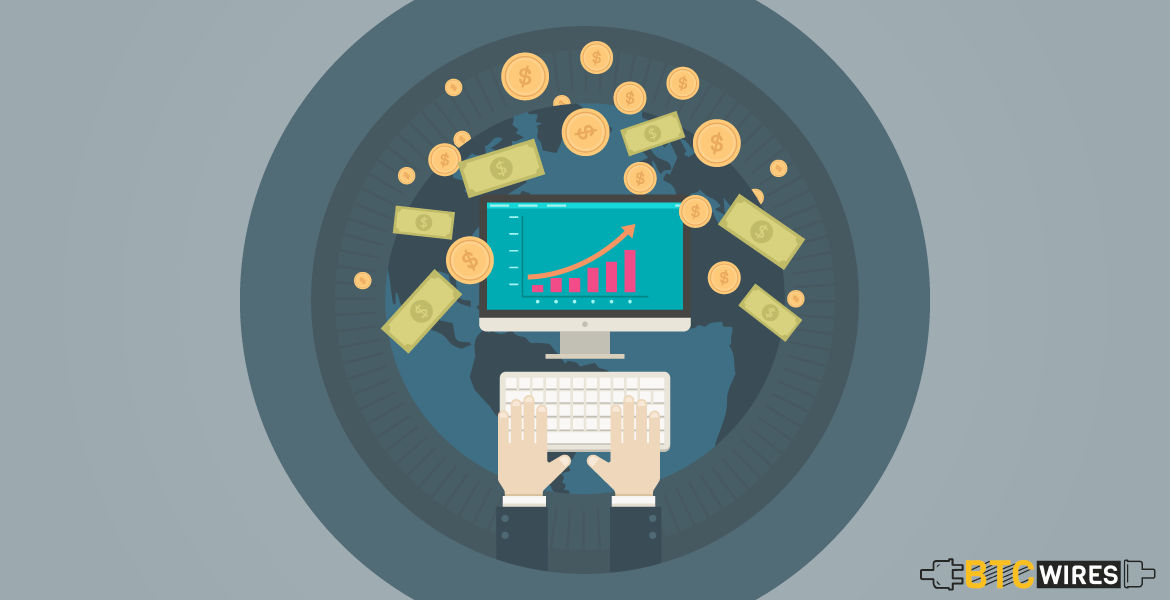If you’ve been a regular in the stock market, you

If you’ve been a regular in the stock market, you might be familiar with the concept of margin trading. However, the interesting thing to note is that even cryptocurrencies can be traded on margin. There are several things to know before investing in cryptocurrencies and knowing about margin trading is as important as knowing those. Here are 6 things to know about margin trading, especially using cryptocurrencies.
1. What does Margin Trading mean, in brief?:
Margin Trading using cryptocurrencies basically means users can borrow money against the funds they already hold to buy crypto of a higher amount. For example, if a person has $10, he can leverage his funds 4:1 to borrow $30 and purchase cryptocurrencies worth $40. This is known as trading on a margin in cryptocurrencies.
2. There is a Time-Limit to Margin Trading:
In stock markets, margin trading is often intraday. Naturally, the borrower cannot hold on to the stocks bought with borrowed funds for an indefinite amount of time so these stocks must be sold off within a given period of time, and the borrowed amount returned to the broker/exchange with an additional fee. A similar logic applies to margin trading in cryptocurrencies. There is a stipulated time limit by which the borrower/user must sell off the cryptocurrencies bought with borrowed funds. Failing this, the exchange itself will settle the holdings bought with borrowed funds.
3. Which Exchanges Allow Margin Trading?:
Of the top cryptocurrency exchanges, many offer margin trading on cryptocurrencies. These options include Poloniex, Kraken, Bitmex, Plus500 and AVATrade. One should choose a crypto exchange carefully after having carried out a due diligence, from the available crypto exchanges. Choosing the exchange will also depend on what cryptocurrency one wants to trade with. Varying exchanges allow different degrees of leveraging with bitcoins and altcoins, so keeping that in mind is essential. It’s best to check the websites of the chosen exchange to get a better idea about the same.
4. Some Exchanges Need Users To Fulfil Certain Criteria Before They Can Avail of Margin Trading:
The option of margin trading is not available to anyone and everyone. While some exchanges are indeed quite flexible about who they allow to trade on a margin, there are several exchanges that require users to meet certain strict criteria before they can avail of the opportunity. The rules are as diverse as those of Kraken to those of GDAX. While Kraken offers margin trading to all its clients in the tiers 1 to 4, GDAX is rather stringent. In GDAX, for margin trading, one must be an ECP or Eligibility Contract Participant according to the stipulations of Section 1(a)18 of the Commodity Exchange Act.
5. The Exchange Can “Call In” or Liquidate Your Funds:
If one does not have funds that is adequate to cover the bet he or she has made, the crypto exchange can simply call in the funds or liquidate them and close the client’s position to cover their own possibilities of bearing losses. Especially, if the user’s fund falls lower than the MMR Level which is the Minimum Margin Requirement, such action can be taken.
6. Margin Trading on Cryptocurrencies is Rather Risky But Can Also Lead To High Capital Gains:
Investing in cryptocurrencies can be a risky bet in itself, and combined with the risk margin trading as a concept entails, it is best to remain cautious about what kind of bets and leverages one is making. To be highly ambitious might lead to extreme losses, which is why it is best to have a very good idea about the changing trends in the crypto market before opting for this.

